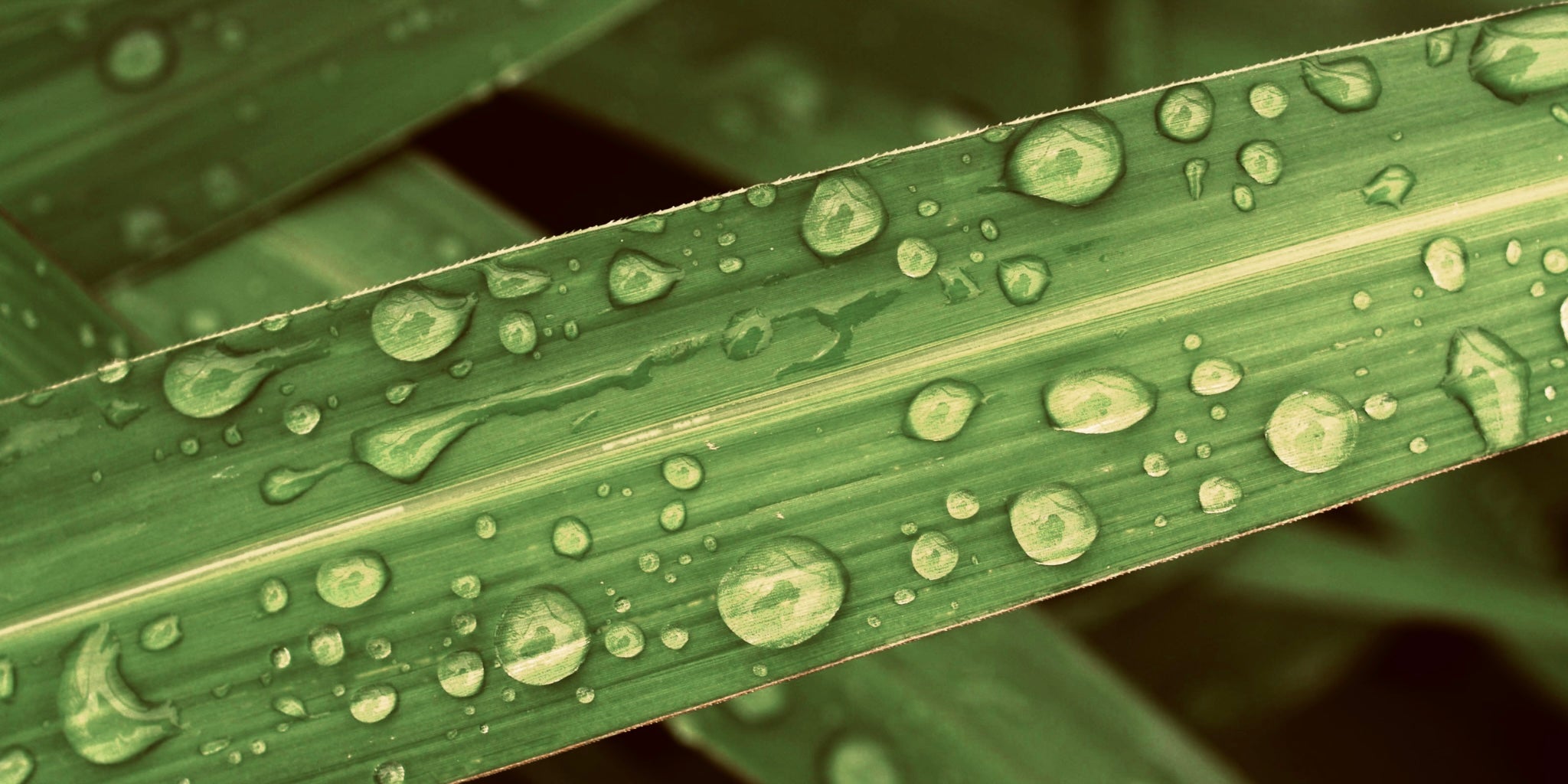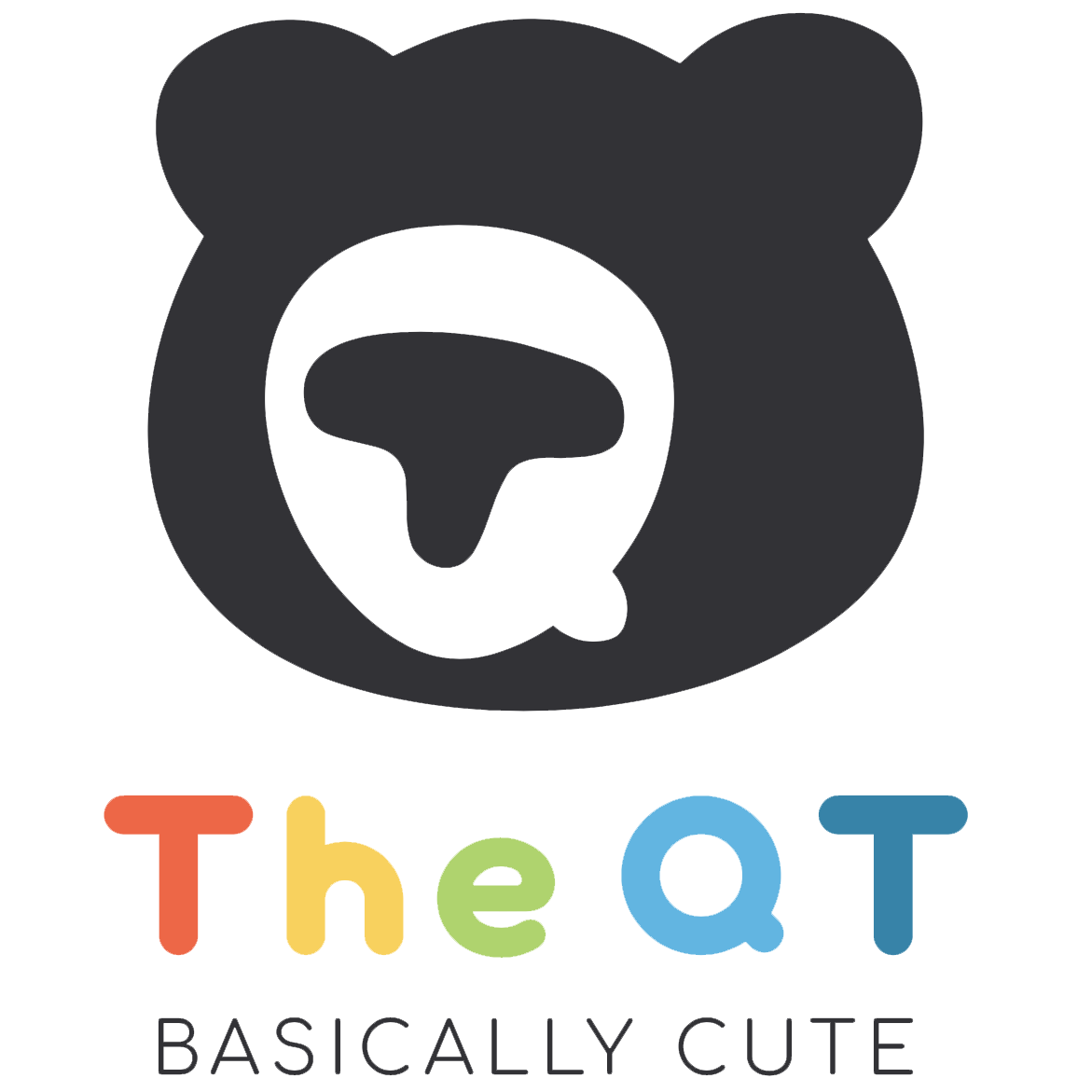
PFAS: The Hidden Danger Lurking in Your Kids’ Clothes
As parents, we go above and beyond to ensure the safety and well-being of our little ones. We choose healthy foods, avoid harmful chemicals in toys, and make sure our homes are clean and safe. But there's a silent intruder in many of our homes that’s likely going unnoticed – the clothes our children are wearing.
The skin is our largest organ, and guess what? It breathes! Every day, it absorbs what we put on it. Imagine wrapping your child in a cosy blanket, but that blanket is secretly leaking dangerous chemicals into their skin. Scary, right? One of the worst offenders in this sneaky invasion is a group of chemicals called PFAS.
What are PFAS?
PFAS (Per- and Polyfluoroalkyl Substances) are a group of over 10,000 synthetic chemicals used in consumer products since the 1950s . From non-stick cookware to stain-resistant fabrics, water-repellent gear, and even in kids' clothing, these chemicals are pervasive in our daily lives. Shockingly, they’re not just limited to clothes – PFAS can also be found in our water, food, and even in the air.
The troubling thing about PFAS is that they are known as "forever chemicals." They don’t break down naturally in the environment and can persist for hundreds and hundreds of years. Over time, PFAS accumulate in water systems, soil, animals, and, yes, in us. More alarmingly, research has linked PFAS exposure to serious health risks, including cancer, liver damage, developmental issues in children, and immune system harm.
Why Are PFAS in Our Clothes?
PFAS are added to fabrics to make them stain, water, and wrinkle-resistant. This is particularly common in performance clothing marketed for its durability and ability to stay clean longer. PFAS are used in many synthetic fabrics, including polyester, nylon, and spandex/elastase. Synthetic fibres and chemical treatments have become industry norms, luring us with the promise of convenience, durability and affordability. But what’s the real price of these conveniences?
For children, the stakes are higher. Kids have more sensitive skin, which can absorb chemicals more easily. Their developing bodies are also less equipped to handle exposure to toxic substances. Since PFAS don’t wash out, each time you dress your child in PFAS-containing clothing, they are being exposed to these harmful chemicals.
Health Risks of PFAS Exposure
The risks linked to PFAS exposure are sobering, especially when it comes to children:
- Cancer Risks: Studies have shown that certain PFAS are associated with increased risks of kidney and testicular cancers .
- Hormone Disruption: PFAS can interfere with the endocrine system, potentially affecting growth and development in children .
- Immune System Damage: Research indicates that PFAS can weaken immune function, making children more susceptible to infections and potentially reducing their response to vaccines .
- Developmental Delays: Exposure has been connected to lower birth weights, delayed puberty, and reduced fertility later in life .
The QT's Commitment: Fighting PFAS in Fashion
At The QT, we believe every child deserves cuteness and goodness – without hidden nasties. That’s why we are committed to creating clothing free from harmful chemicals. We use 100% GOTS-certified organic cotton, which means our clothes are produced without the use of any toxic chemicals.
Our commitment to sustainability goes beyond just fabrics. From the smallest details, like our buttons and tags, to our biodegradable and recyclable designs, we’re dedicated to making clothes that are as harmless to your child as they are to the planet.
How You Can Protect Your Family
If this is the first time you’re hearing about PFAS in clothing, don’t worry – you’re not alone. Here are a few actionable steps you can take to safeguard your family:
- Read Labels: Look for brands that are transparent about their materials. Avoid items described as "stain-resistant," "water-repellent," or "performance" unless they clearly state they are PFAS-free.
- Choose Organic: Opt for certified organic cotton, like the clothes we offer at The QT. Organic certification ensures the absence of harmful chemicals in both farming and production .
- Wash Wisely: While PFAS don’t easily wash out, other harmful chemicals might. Using eco-friendly detergents can help reduce your exposure to residual chemicals.
- Advocate for Change: Support brands and policies that prioritise the removal of harmful chemicals from everyday products. Change will only come when consumers and communities demand safer alternatives.
Your Choices Matter
We know it can feel overwhelming to navigate all the risks in today’s world. But choosing clothes that are safe, natural, and chemical-free is one small but powerful way to protect your child’s health. The QT is here to make that choice easy for you – with cute, organic, and circular designs that let you dress your child with confidence and joy.
After all, what’s cuter than a happy, healthy child in clothing that’s as kind to them as it is to the planet? 🐾❤️
Shop Our Safe & Adorable Kids Clothing >
References:
-
Environmental Protection Agency (EPA). Basic Information on PFAS.
- https://www.epa.gov/pfas/basic-information-pfas
- This source provides an overview of PFAS, their presence in consumer products, and their environmental impact.
-
Centers for Disease Control and Prevention (CDC). Per- and Polyfluoroalkyl Substances (PFAS) Factsheet.
- https://www.cdc.gov/biomonitoring/PFAS_FactSheet.html
- The CDC outlines the health risks of PFAS exposure, including potential cancer risks, immune system damage, and developmental problems.
-
Environmental Working Group (EWG). PFAS Contamination in the U.S..
- https://www.ewg.org/what-are-pfas-chemicals
- The EWG provides detailed information on how PFAS chemicals persist in the environment and their health implications.
-
Harvard T.H. Chan School of Public Health. PFAS Exposure Linked to Weakened Immune Response in Children.
- https://www.hsph.harvard.edu/news/press-releases/pfas-exposure-linked-to-weakened-immune-response-in-children/
- A specific study linking PFAS exposure to weakened immune systems and reduced vaccine efficacy in children.
-
International Agency for Research on Cancer (IARC). Carcinogenicity of Perfluorooctanoic Acid (PFOA).
- https://monographs.iarc.who.int/wp-content/uploads/2018/06/mono110-01.pdf
- IARC classifies certain PFAS (like PFOA) as possibly carcinogenic, with studies showing a link to kidney and testicular cancers.
-
Global Organic Textile Standard (GOTS). What is GOTS?.
- https://global-standard.org/the-standard
- This source provides information on GOTS certification, its standards, and why it ensures products are free from harmful chemicals.


